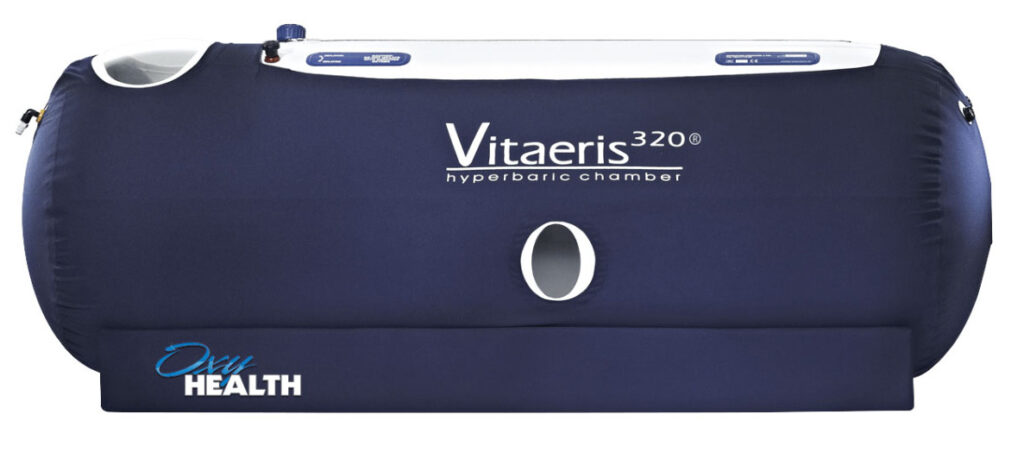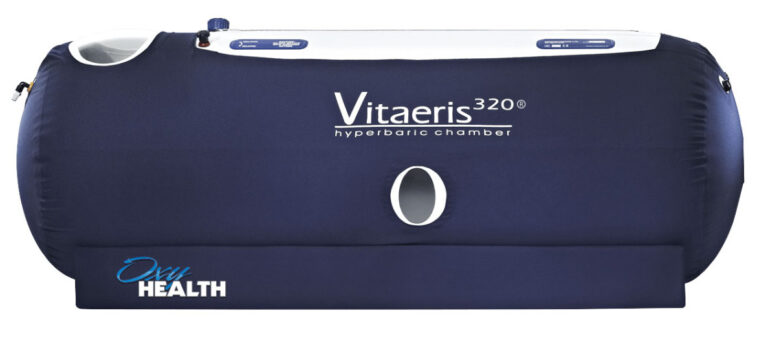During the 1970s, researchers from four European countries described several benefits they’d noticed while treating multiple sclerosis with hyperbaric oxygen. In 1975, Dr. Richard Neubauer, a worldwide authority on HBOT, used the therapy to treat an MS patient suffering from bone inflammation (osteomyelitis) at Fort Lauderdale’s Ocean Medical Center. In addition to bringing down the inflammation, HBOT and hyperbaric oxygen had an unanticipated benefit: the patients’ other MS symptoms improved. That led to several double-blind scientific studies.
Without successful treatment, 80 percent of those suffering from MS have progressive and deteriorating symptoms. Using both double-blind and longitudinal clinical studies, Dr. Neubauer administered individually adjusted, hyperbaric oxygen therapy at low pressure (1.3 to 1.5 atmospheres) to his patients with MS. And although 20 to 30 percent of these patients continued to deteriorate, between 70 and 80 percent didn’t just stabilize – both their tissue damage and symptoms improved! As a result, the interest in HBOT and hyperbaric oxygen for multiple sclerosis grew.
The most recent study on HBOT and MS came from the MS National Therapy Centre in the United Kingdom, where HBOT is regularly used to treat MS patients. They looked at 117 patients who had received regular HBOT treatments, at least every other week, for five to 15 years. The patients that showed the best results received on average 300 treatments over at least 10 years, or every other week. Of course, patients receiving weekly treatment saw better results. Of the patients that continued regular treatments, 23 percent showed no deterioration and seven percent showed improvement. When the blood-brain barrier sustains an injury, brain tissues swell and impede O2 delivery, leading to loss of function. Hyperbaric oxygen therapy pushes oxygen deep into areas that the circulatory system can’t reach. This permits the blood-brain barrier and its underlying tissues to heal and restores the nervous system’s ability to accurately relay messages. How effective HBOT can be for MS depends on whether injured cells have truly died or whether the cells remain dormant but viable. Treatments for multiple sclerosis with hyperbaric oxygen therapy early produce the best results, while the brain’s potential to restore lost function is the greatest. Even though HBOT cannot help everyone with MS, it’s important to remember that even chronic MS patients have experienced dramatic improvements.





